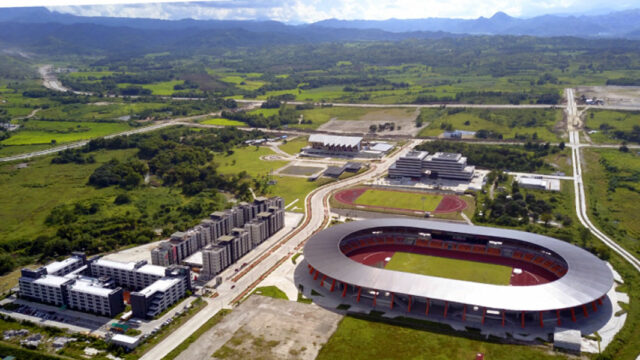PATRICK MAHOMES passed for 320 yards and three touchdowns (TD) and the Kansas City Chiefs clinched homefield advantage throughout the AFC playoffs with a 29-10 victory over the host Pittsburgh Steelers on Wednesday.
Travis Kelce became the third tight end in NFL history to reach 1,000 career receptions and also took over the franchise lead with his 77th career touchdown catch. Xavier Worthy and Justin Watson also caught scoring passes and Kareem Hunt rushed for a touchdown for the Chiefs (15-1) during the Christmas Day affair.
Russell Wilson completed 23 of 37 passes for 205 yards and one interception as Pittsburgh (10-6) failed to clinch the AFC North for the second straight game. The Steelers have lost three consecutive games.
Mahomes was 29-of-38 passing while helping the Chiefs win their sixth straight game. Kansas City also set a franchise record with its 15th victory.
Kelce had eight catches for 84 yards to raise his career receptions total to 1,004. Pro Football Hall of Famer Tony Gonzalez (1,325) and Jason Witten (1,228) are the only two tight ends with more catches.
Ironically, it was Gonzalez’s franchise record for receiving scores that Kelce broke. He celebrated by doing Gonzalez’s signature dunking of the football through the uprights. Gonzalez was a college basketball player in addition to being a star football player.
The Chiefs racked up five sacks and thrived defensively without star tackle Chris Jones (calf).
Kansas City led by six at halftime and increased the lead to 16-7 on Harrison Butker’s 32-yard field goal with 12:21 left in the third quarter.
The Steelers responded with Chris Boswell’s 36-yard field goal to move back within six with 5:45 left in the quarter.
Kelce’s 1,000th grab was a 19-yard gain late in the third quarter and helped set up Hunt’s 2-yard touchdown run to start the fourth quarter. The two-point conversion pass failed and the Chiefs settled for a 22-10 advantage.
On the next possession, Kelce caught a 12-yard scoring pass with 12:38 remaining in the game to increase the margin to 19.
Mahomes threw two first-half touchdown passes as Kansas City held a 13-7 halftime lead.
On the first one, Worthy lined up in the backfield and flared into the left flat to catch a 7-yard scoring pass. His celebration drew a 15-yard penalty, and Butker’s ensuing 48-yard extra point was wide right.
Later, Mahomes tossed an 11-yard touchdown pass to Watson with four minutes left in the opening quarter. Mahomes also teamed up with Watson on a 49-yard play earlier in the drive.
The Steelers got on the board with 10:28 left in the half when Wilson scored from the 1 by barely getting the ball across the goal line at the left pylon.
KELCE BRINGS IN FRANCHISE RECORD 77TH RECEIVING TD
Kansas City tight end Travis Kelce got everything on his Christmas wish list on Wednesday, as the nine-time Pro Bowler hauled in a franchise record 77th receiving touchdown in the Chiefs’ confident 29-10 win over the Pittsburgh Steelers.
The defending Super Bowl champions took the lead immediately in front of a hostile away crowd and never let off the gas as they extended their record to 15-1 and clinched the top playoff seed in the AFC.
Kelce became only the third NFL tight end to record 1,000 or more career receptions during the game and surpassed Hall of Famer Tony Gonzalez’s record for most receiving touchdowns in Chiefs’ history on a 12-yard reception from quarterback (QB) Patrick Mahomes.
“It’s everything to me. Tony’s been a mentor for me,” Kelce said in televised remarks after the game. “I feel like I’m still trying to fill that guy’s shoes.”
Gonzalez previously promised to pay any potential fine if the 35-year-old Kelce celebrated with a signature Gonzalez “dunk” of the ball over the goalpost. Kelce did just that. Post-touchdown dunks were once routine but have more recently been punishable with fines. — Reuters











